Twelve dead, several missing as Australia counts the cost of devastating bushfires
Wildlife park was also threatened though zoo keepers and firefighters managed to save all 200 animals
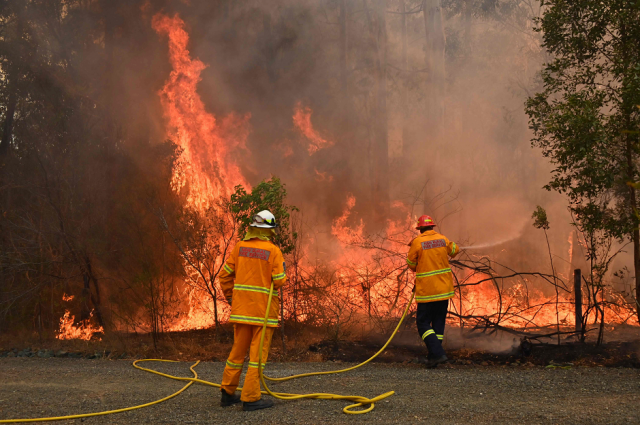
PHOTO: AFP
Twelve people, including three volunteer firefighters, have now lost their lives in fire-related deaths across Australia since blazes broke out a few months ago after a three-year drought in large parts of the nation created tinder-dry conditions.
Fanned by soaring temperatures; columns of fire and smoke blackened entire towns on Monday and Tuesday, forcing thousands of residents and holidaymakers to seek shelter on beaches. Many stood in shallow water to escape the flames.
In pictures: Hellish scenes from Australia bushfires
Bushfires have destroyed more than 4 million hectares (10 million acres) and new blazes are sparked almost daily by extremely hot and windy conditions and, most recently, dry lightning strikes created by the fires themselves.
Cooler conditions on Wednesday gave the country a moment to count the cost of the fires, although there were still more than 100 blazes in New South Wales (NSW) state alone and thousands of firefighters on the ground.
The body of a man was found in a burnt car early on Wednesday on the south coast of New South Wales after emergency workers began reaching the most damaged areas, and police said the death toll will rise.
“Sadly, we can report today that police have confirmed a further three deaths as a result of the fires on the South Coast,” NSW Police Deputy Commissioner Gary Worboys told reporters in Sydney.
“Police are also at Lake Conjola now, where a house has been destroyed by fire and the occupant of that home is still unaccounted for.”
NSW police did not identify the missing man but said he was 72 years old and authorities have been unable to reach his home.
Police said early assessments have found nearly 200 homes have been destroyed, though they cautioned it was an early estimate.
Large-scale livestock and animal casualties are also expected across Australia’s east coast. However, Mogo Zoo - home to Australia’s largest collection of primates, along with zebras, white rhinos, lions, tigers and giraffes – was saved.
The wildlife park was threatened by an out-of-control bushfire, though zoo keepers and firefighters managed to save all 200 animals.
In Victoria state, four people remain missing, state Premier Daniel Andrews said, after a massive blaze ripped through Gippsland - a rural region about 500 km (310 miles) east of Melbourne.
About 4,000 people in the town of Mallacoota in Victoria headed to the waterfront after the main road was cut off.
Mark Tregellas, a resident of Mallacoota who spent the night on a boat ramp, said only a late shift in the wind direction sparred lives.
“The fire just continued to grow and then the black started to descend. I couldn’t see the hand in front in my face, and it then it started to glow red and we knew the fire was coming,” Tregellas told Reuters.
“Ash started to fall from the air and then the embers started to come down. At that point, people started to bring their kids and families into the water. Thankfully, the wind changed and the fire moved away.”
Hundreds of rare koalas feared dead in Australia bushfire
In Milton, a small town on the on the NSW south coast, locals queued for hours for the few remaining items left of shelves on supermarkets.
Emma Schirmer, who evacuated from her house in Batemans Bay with her three-month child on Tuesday, said the local shop was limiting sales to six items per customer, while a power outage meant shoppers could pay only with cash.
As shops run low and firefighters struggle with exhaustion, Australia’s military, including Black Hawk helicopters, fixed-wing aircraft and naval vessels were being deployed.
“We’ve got choppers taking 90 firefighters out of the Mallacoota area, they can’t be removed any other way - we’re essentially doing a shift change by the air,” Andrews told reporters.
NSW Premier Gladys Berejiklian said authorities were working to restore communications with areas cut off by the fires, and she warned conditions will deteriorate again over the weekend.
“Weather conditions on Saturday will be as bad as they were” on Tuesday, Berejiklian told reporters in Sydney.
Meanwhile, Australia’s capital Canberra was blanketed in thick smoke, reaching about 20 times hazardous levels, prompting health warnings.
The smoke has also drifted to New Zealand where it has turned the daytime sky orange across the South Island.

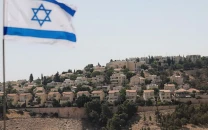
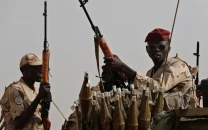
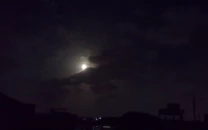
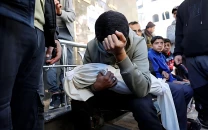
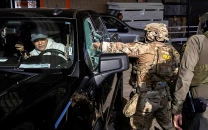
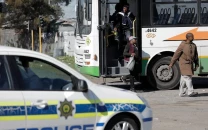












COMMENTS
Comments are moderated and generally will be posted if they are on-topic and not abusive.
For more information, please see our Comments FAQ